In 1921, the French poet Paul Éluard and his Russian wife Gaya travelled to Cologne where they met the artist Max Ernst, one of the pioneers of the city’s flourishing Dada movement. This encounter marked the start of a tumultuous ménage à trois, which saw Ernst leave his wife and child in Germany to set up shop with the couple at their home in the Paris suburbs. The trio then travelled to Southeast Asia on a journey that provided inspiration for several of Ernst’s subsequent paintings, and prompted Éluard’s 1924 collection of poems, Mourir de ne pas mourir (Dying of Not Dying), whose title hints at the author’s fast-evolving feelings about the love triangle. Soon after they returned to France, Ernst and the couple parted ways, spelling an end to one of art history’s best-documented affairs.
Lesser known, however, are the two books Éluard and Ernst published together right at the start of their relationship, before the heartbreak and the far-flung locations and the anguished love poems. The first, Répétitions (Repetitions), was a more conventional collaboration in so far as Éluard first wrote the poems and then selected a number of preexisting works by Ernst to accompany them. The second, Les Malheurs des immortels (The Misfortunes of the Immortals), was altogether more experimental, one that challenged traditional conceptions of what illustrations could or should do.
Read the whole article and see the rest of the images at The Public Domain Review.

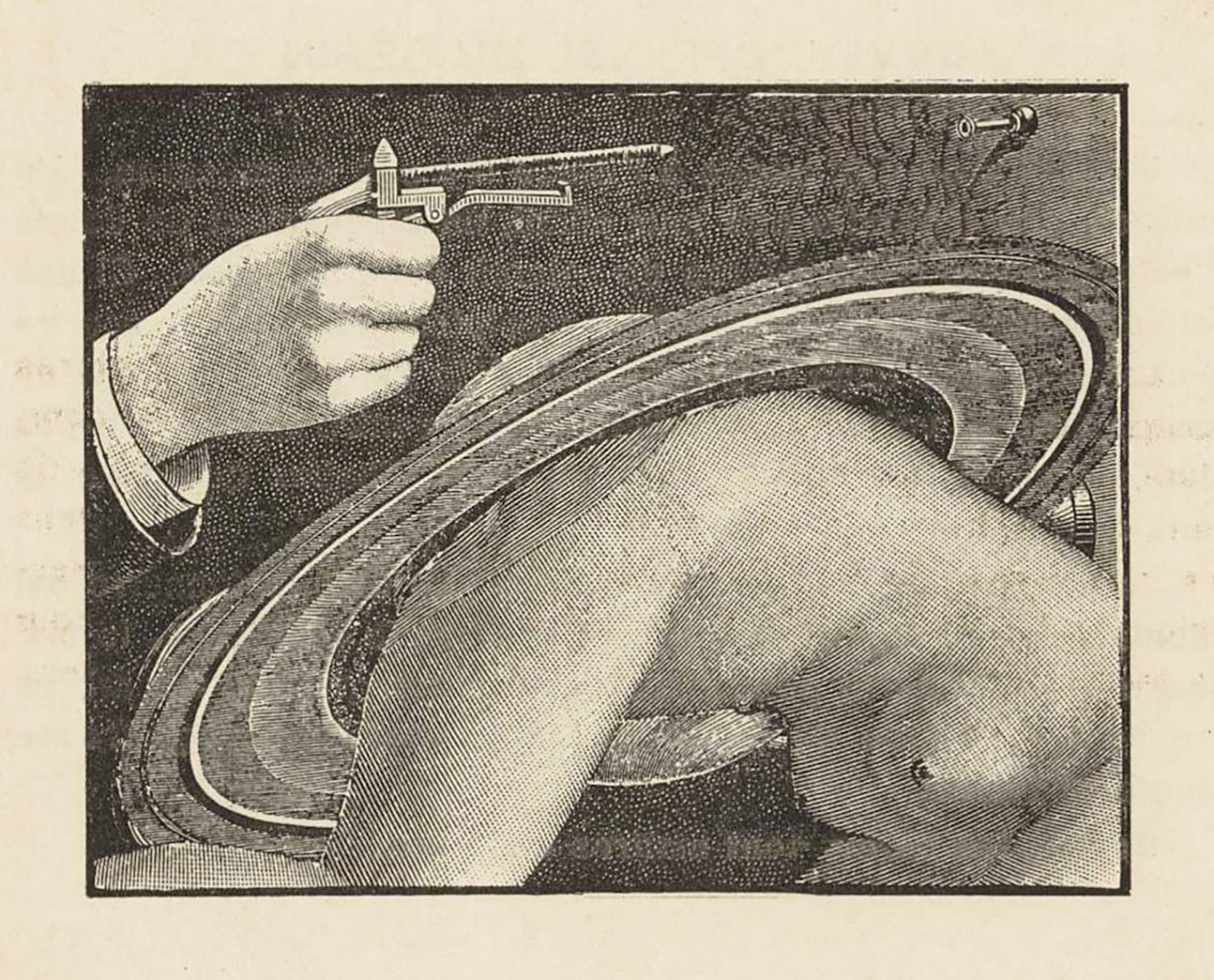
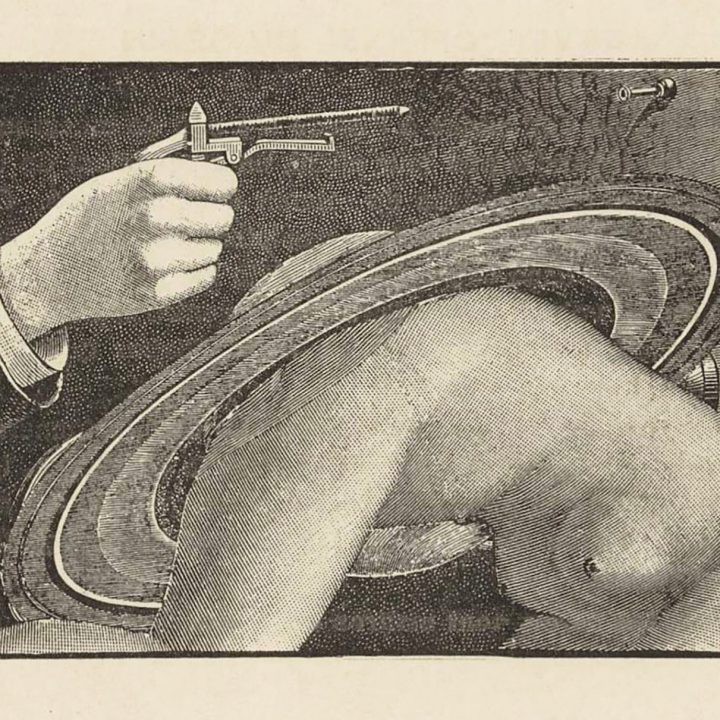
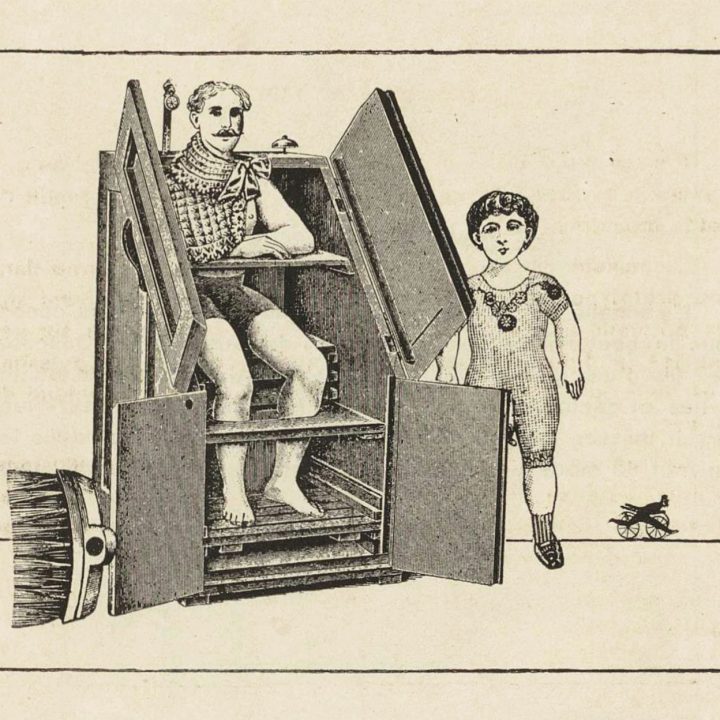


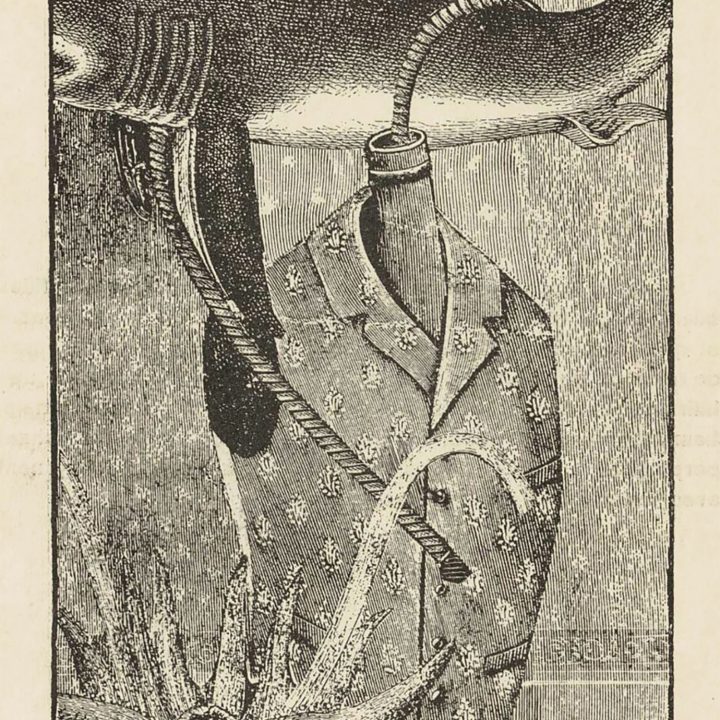
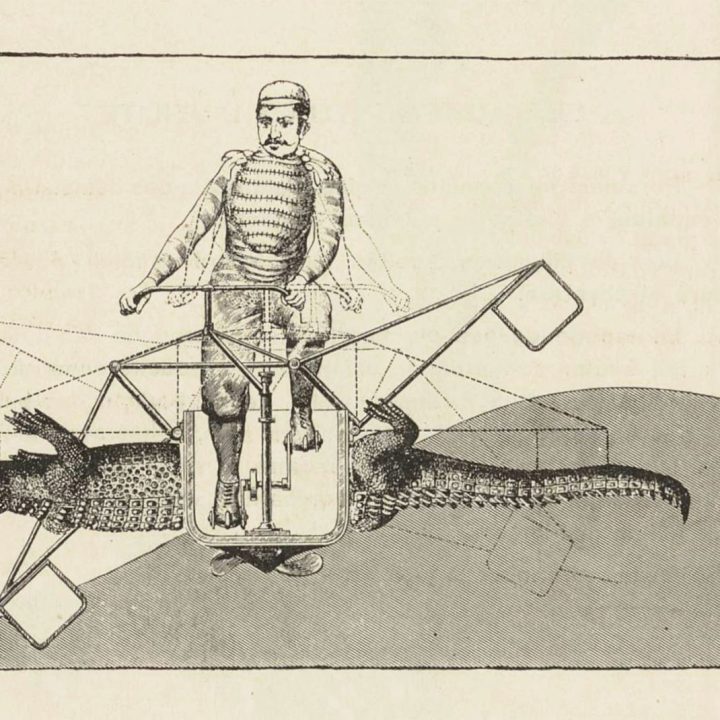

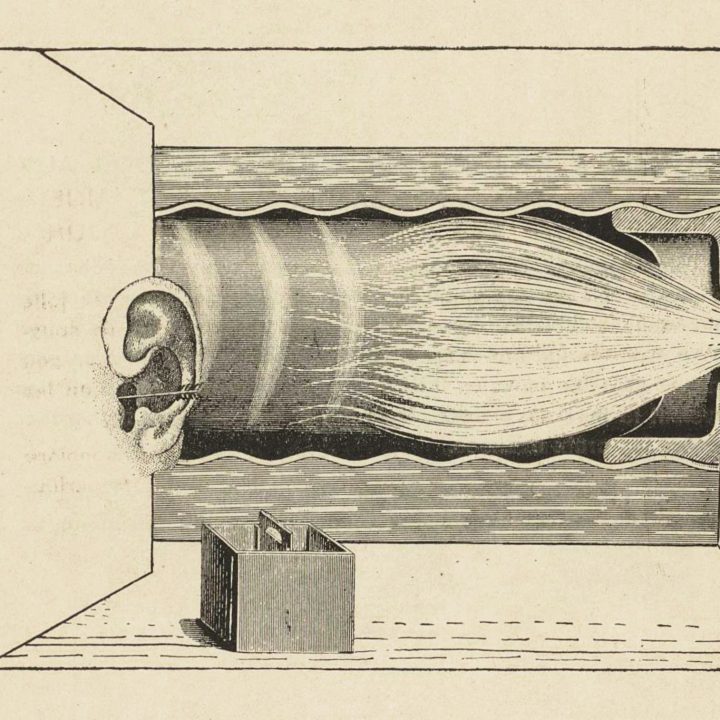
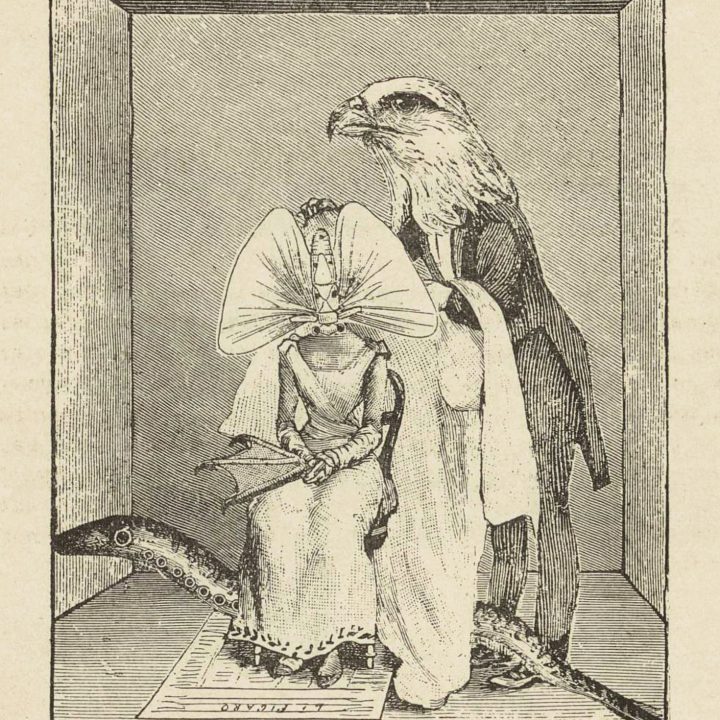
Leave a Reply